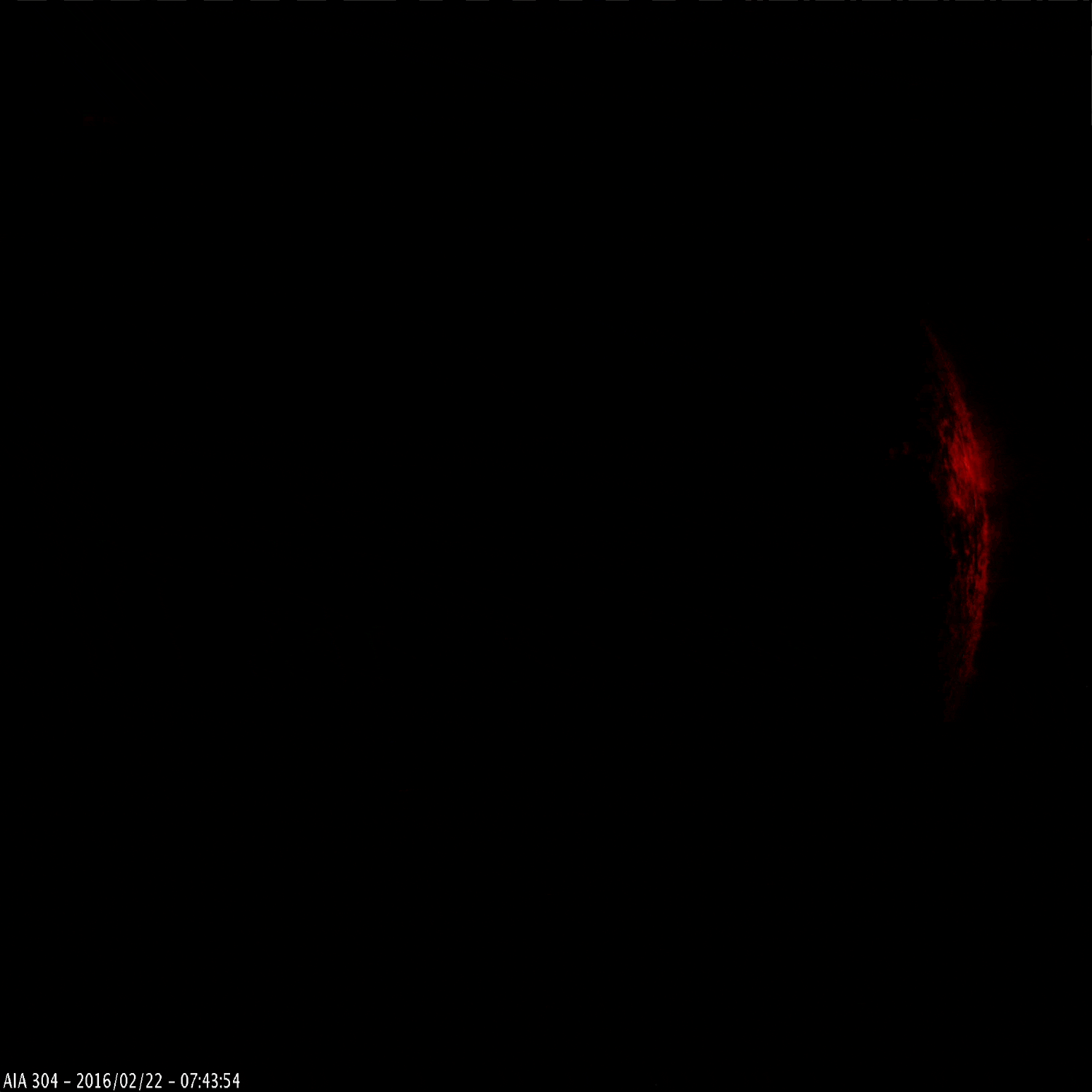The 2016 spring eclipse season of NASA’s Solar Dynamics Observatory began Feb. 19, 2016. These seasons – a time when Earth blocks SDO’s view of the sun for a period of time each day – last around three weeks and happen twice a year near the equinoxes. The eclipses are fairly short near the beginning and end of the season but ramp up to 72 minutes in the middle. Most spacecraft observing the sun from an orbit around Earth have to contend with such eclipses, but SDO’s orbit is designed to minimize them as much as possible, as they block observations of the sun. The spring season will end on March 12, 2016.
This animation was made with images taken in extreme ultraviolet wavelengths of 304 angstroms on Feb. 22, 2016. This type of light is typically invisible to our eyes, but is colorized here in red. The boundaries of Earth blocking the sun are not perfectly sharp, since the sun’s light is able to shine through Earth’s atmosphere in some places.
Steele Hill and Sarah Frazier
NASA’s Goddard Space Flight Center, Greenbelt, Md.



























